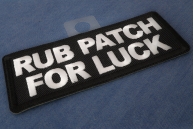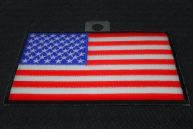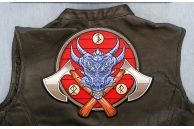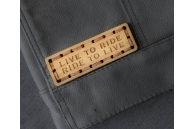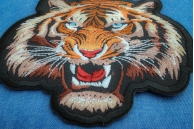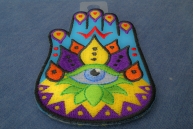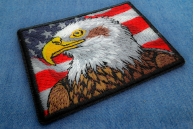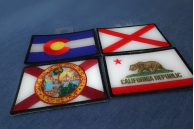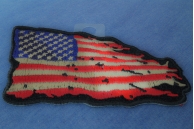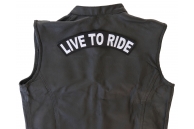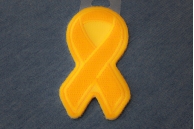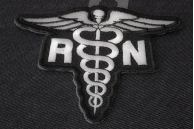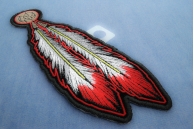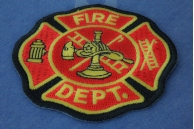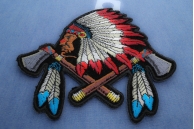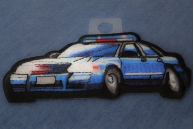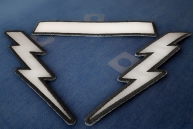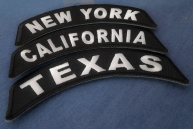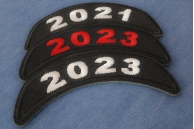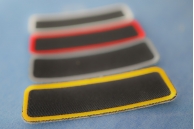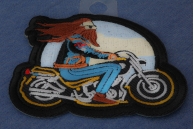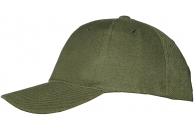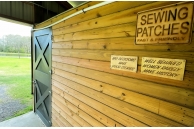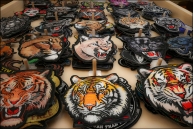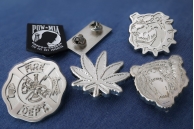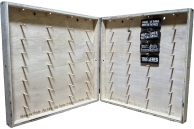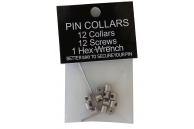
As roadways age, they begin to crack, causing dips and bumps in the road. As a way to keep traffic flowing smoothly, crack sealant is used to fill in the cracks and to prevent further cracking. The term tar snakes is used to describe the raised, winding black lines on the roads as a result of the crack sealant. When driving a car, you probably don't even notice tar snakes, but it is a completely different situation for those riding a motorcycle.
Are Tar Snakes Hazardous to Motorcycle Riders?
There are several reasons why tar snakes are hazardous for motorcycle riders. There are three ways in which tar snakes affect the traction of a motorcycle:
- The texture of tar snakes is different than asphalt, so motorcycle tires will respond differently to the sealant than to the road.
- Tar snakes create a bumpy, raised surface on the road that can affect suspension.
- During hot weather they become soft and during wet weather, they become slicker.
Tar snakes are typically softer than asphalt, so foreign objects are easily embedded into them, which puts a motorcyclist at risk of losing control of the bike. Foreign objects can also stick in the tar snakes, become dislodged and end up in your tires.
What Happens When a Motorcyclist Hits a Tar Snake?
Tar snakes are similar to the painted lines on the roadway, in that driving over them causes a change in tire traction. This is because the tar snakes are more slippery than the asphalt. Unfortunately, you may cross a tar snake without notice, which can cause you to lose control of the bike and possibly crash.
Tar Snakes and safety
First, it is important to keep in mind that if you are noticing tar snakes, you are already riding on a well-aged, rough road, so always ride safe and be aware of your surroundings. Here are a few tips to help you be safe when encountering tar snakes:
- While riding, always scan the road to look for tar snakes. Try to remember where they are on frequently traveled roads, and keep in mind that tar snakes are often clustered.
- When riding over tar snakes, reduce your speed and try to go over them at a 90-degree angle as opposed to in a straight line.
- If your bike wobbles as you are going over them, try to avoid pulling on the bars and let the tires adjust to the different traction.
Always travel with your safety in mind. If you come upon a road that has several clusters of tar snakes, try to ride as close to the edge of the road or near the center of the road. When riding across tar snakes during hot weather, use extra caution to avoid sliding or picking up foreign objects that could damage your tires.


